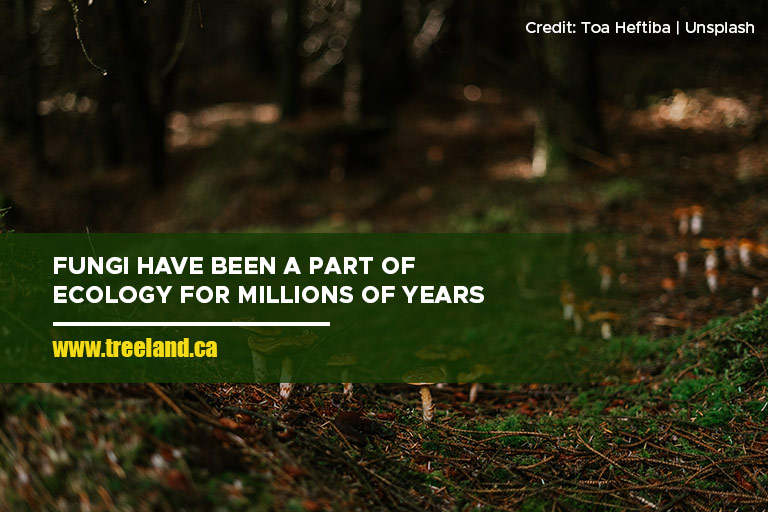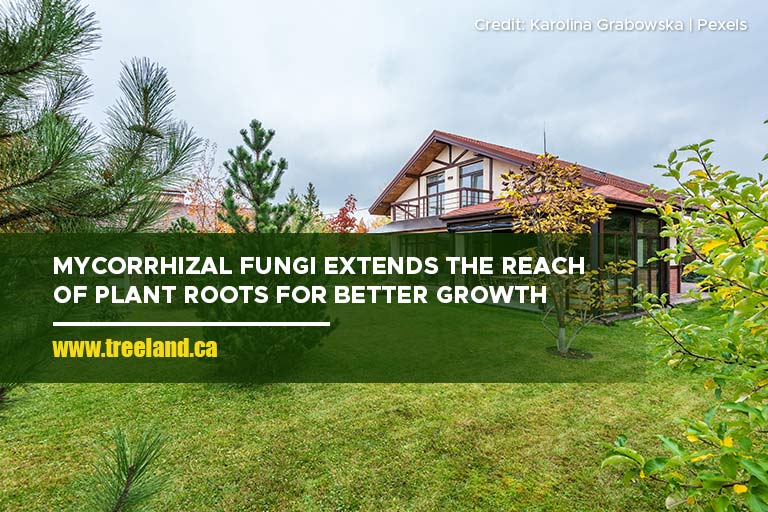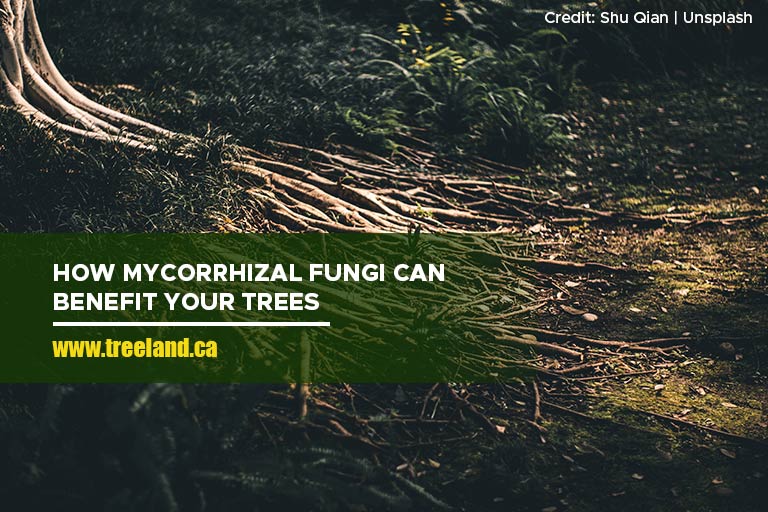Have you ever looked closely at the soil in your garden or a nearby park and noticed the delicate, web-like strands weaving through it? These threads, known as mycelium, are a vital part of the soil-food web, supporting the growth and health of trees and other plants. The symbiotic relationship between plant roots and fungi is one of the most fascinating and essential aspects of a thriving ecosystem. Mycorrhizal fungi, a specific fungus that forms mutually beneficial partnerships with plant roots, is a prime example of this incredible natural phenomenon.
Mycorrhizal fungi have been present on Earth for over 400 million years, and their significance in the evolution of plant life is undeniable. Despite this long-standing presence, it has only been in the past two decades that gardeners have begun to fully appreciate the crucial role these fungi play in supporting healthy plant growth. Now, with a deeper understanding of the benefits that mycorrhizal fungi provide, gardeners are exploring new ways to harness their power to promote the vigour and vitality of plants.
What Are Mycorrhizal Fungi?

The term “mycorrhiza” is derived from the Greek word “rhiza,” meaning root, and the Latin word “myco,” meaning fungus. Mycorrhizal fungi are specialized species that have evolved to form these symbiotic associations with the roots of vascular plants, including many of the fruit-bearing plants we cultivate in our gardens.
The fungi form a network of thread-like structures called hyphae that extend into the soil, increasing the surface area of the roots and enabling them to extract water and nutrients more efficiently. In exchange for these vital resources, the fungi obtain carbon from the plant through photosynthesis. This exchange is so efficient that plants with mycorrhizal associations can obtain up to 90% of their phosphorus needs from the fungi, allowing them to thrive even in nutrient-poor soils.
These fungi have played a crucial role in the evolution of plant life, enabling them to adapt and flourish in a wide variety of environments. And for gardeners, understanding the role of mycorrhizal fungi is key to cultivating healthy, vibrant plants that are better equipped to resist disease and stress.
Types of Mycorrhizal Fungi
Mycorrhizal fungi can be broadly categorized into two types based on their mode of association with plant roots. These are arbuscular mycorrhizal (AM) fungi and ectomycorrhizal (EM) fungi.
- Arbuscular Mycorrhizal (AM) Fungi
Arbuscular mycorrhizal (AM) fungi are the most common and widespread type of mycorrhizal fungi, forming symbiotic associations with approximately 80% of all plant species. Unlike ectomycorrhizal fungi, which mainly associate with woody plants, AM fungi are mainly associated with herbaceous (non-woody) plants.
These fungi form a unique relationship with plant roots, as they penetrate the root cells (endomycorrhizal) and establish a highly branched structure known as an arbuscule. This structure provides a large surface area for the exchange of nutrients and other compounds between the fungus and the plant, which is essential for the growth and development of both organisms. Research has also shown that AM fungi can increase plant resistance to biotic and abiotic stresses, such as pests, diseases, drought, and salinity.
- Ectomycorrhizal (EM) Fungi
Ectomycorrhizal fungi are considered more advanced than arbuscular mycorrhizal fungi, typically associated with the roots of trees and woody plants. While they only account for about 3% of mycorrhizae, ectomycorrhizal fungi species have over 6,000 species of these fungi involved in mycorrhizal associations.
Ectomycorrhizal fungi form a thick, mesh-like protective sheath structure called a Hartig net around the tips of fine feeder roots. This sheath acts as a barrier, protecting against harmful microbes and soil-borne pathogens. It also provides a large surface area for exchanging nutrients, minerals, and water between the fungus and the plant. These fungi facilitate nutrient cycling, enhance soil aggregation, and contribute to the growth and survival of trees in nutrient-poor soils.
How Do Mycorrhizal Fungi Benefit Plants and Trees?

Mycorrhizal fungi provide many benefits crucial for the growth and health of plants and trees. These benefits include:
- Improved nutrient uptake – One of the main benefits of mycorrhizal fungi is helping plants and trees access to water and essential nutrients like nitrogen, phosphorus, zinc, manganese, and copper from the soil. The hyphae attached to roots function as long filaments, extending the root system and increasing the root surface area available for water and nutrient absorption.
- Increased drought and salinity stress tolerance – Mycorrhizal fungi can help extend the root systems, allowing them to access water from deeper in the soil, thereby increasing their ability to tolerate drought conditions. Salinity stress can also negatively impact plant growth and nutrient uptake. Mycorrhizal fungi can help to alleviate these effects by extending the reach of plant roots and improving water uptake.
- Improved soil structure – Soil comprises various sand, silt, and clay particles, forming the soil matrix. This matrix consists of solid particles with spaces filled with water and air, allowing for the movement of air and water to the plant roots. Soils with stable aggregates allow for the flow and retention of water and soil aeration. Mycorrhizal fungi improve soil structure by increasing soil porosity, which allows for better water infiltration and retention and improved soil aeration.
- Enhanced plant resistance to pathogens – Mycorrhizal fungi form a protective barrier around the roots of plants and trees, preventing harmful pathogens from getting in. They produce antimicrobial compounds that help to protect the plant against harmful pathogens. In addition to protecting against pathogenic fungi and bacteria, arbuscular mycorrhizal (AM) fungi are also known to help plants deal with toxic heavy metals in the soil, which can reduce plant growth.
How to Increase Mycorrhizae in Your Soil
Several practices support the healthy growth of trees while also encouraging fungi growth:
- Be cautious when using landscape fungicides. Avoid systemic fungicides that are applied directly to the soil. These can inhibit the growth of both beneficial and harmful fungi.
- Limit the use of fertilizers. Avoid large applications of fertilizers, particularly those high in nitrogen and phosphorus.
- Maintain consistent soil moisture. Fungal mycelium can dry out and perish in very dry soil conditions. Applying water to maintain the health of trees to encourage mycorrhizal fungi.
- Use mulch beneath trees. Fungal mycelium thrives better under organic mulch, such as wood chips, bark chips, or pine straws.
Are you looking for healthy and thriving trees on your property? Look no further than Caledon Treeland! Our expert team knows the best tips for optimal tree growth, and we offer a wide selection of high-quality evergreen trees and services. Take action today and contact us to learn more about how we can help you achieve your dream landscape. Call Caledon Treeland at (905) 880-1828 to visit our family-run tree farm.

